 |
||||||||||||||||||||||||
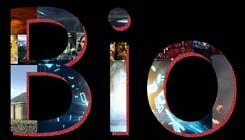 |
||||||||||||||||||||||||
 |
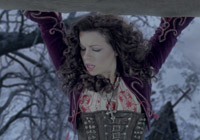 |
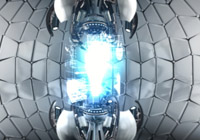 |
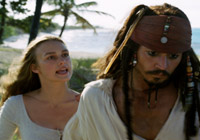 |
|||||||||||||||||||||
| Travis Baumann started his career in Visual Effects in late 1994. With a degree in Cinematography and an aptitude for computers, he found an entry point into the then burgeoning digital effects industry with the Computer Film Company based in Los Angeles. His early tasks involved Digital Matte Paintings as well as wire removals and digital clean up. His first features were “Waterworld” and “Matilda” as well as support rolls supplementing the I/O department on “Braveheart” and “Mary Reilly”. After a series of difficulties with the production envisioning Ridley Scott's squall in White Squall, Travis was given a chance to prove himself by succeeding in conceptually designing an image that rang true to the director's vision. | ||||||||||||||||||||||||
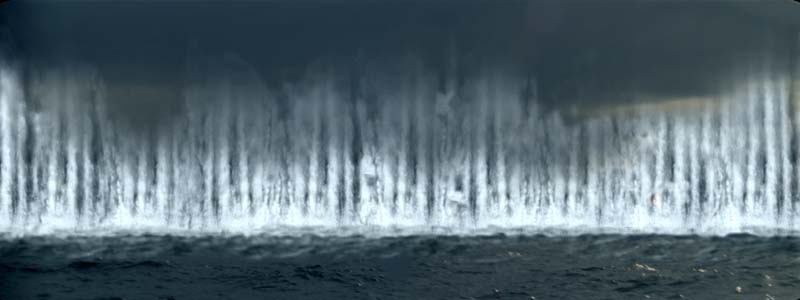 |
||||||||||||||||||||||||
|
This success gave Travis the chance to move into new opportunities at CFC:LA. Once access to the higher-end computer systems was achieved, the “flood gates” opened and through self instruction, soon was compositing and designing on many of the films which came through CFC:LA’s doors such as “The Big Lebowski”, “The Insider”, and “Almost Famous” to name a few. |
||||||||||||||||||||||||
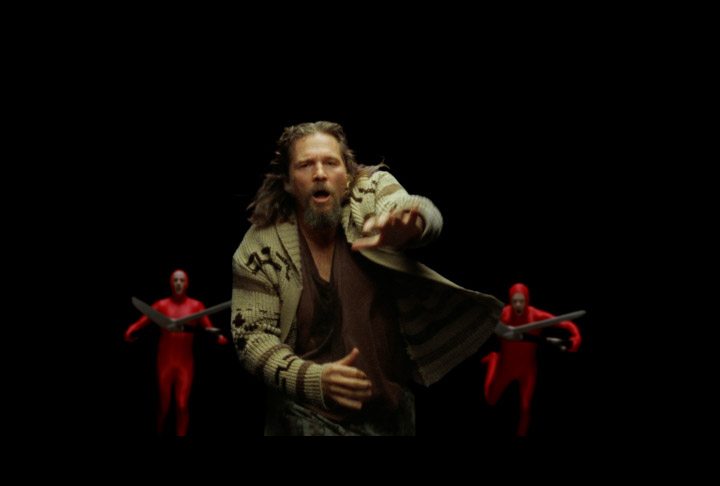 |
||||||||||||||||||||||||
|
In 1997 he traveled to the East Coast to broaden his horizons and work on “Starship Troopers” for Mass Illusion which was in the process of being bought by Manex. After that stint, Travis came back to Los Angeles, once more for CFC:LA but Manex would follow him back and purchase CFC:LA just as production on the first “Matrix” film was coming to a close. Travis was given his first opportunities at Digital Supervision and excelled on Revolution Studio's "The Animal" where he was on set every day of shooting involving visual effects as well as handling supervision for E-Trade's Super Bowl commercial spot of a kung-fu bank guard. |
||||||||||||||||||||||||
 |
 |
 |
 |
 |
 |
 |
 |
 |
 |
|||||||||||||||
|
It was at this time that a project close to Travis’ heart came into the company, “Crouching Tiger, Hidden Dragon”. Being a long-time Asian Cinema fanatic, this was a dream job and he pushed himself further than ever before. All this hard work and personal attachment paid off with the recognition of the work in the form of a Nomination for the British Academy Award for Film and Television or BAFTA. |
||||||||||||||||||||||||
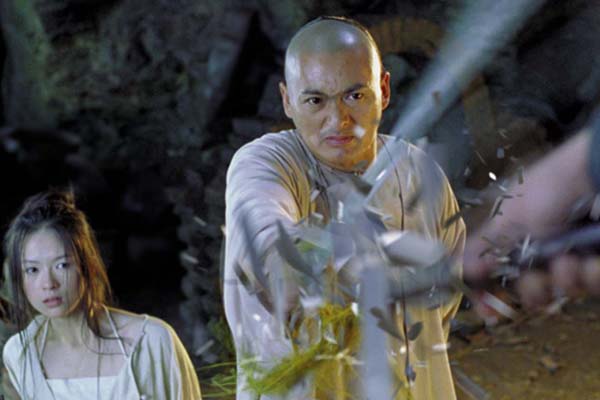 |
||||||||||||||||||||||||
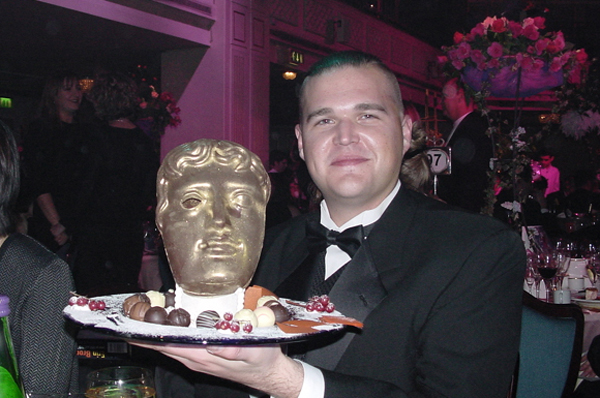 |
||||||||||||||||||||||||
| Travis had a lot of great opportunities at Manex as Digital Supervisor including working on another hero's project, Jet Li's "Romeo Must Die". His mentors and friends Janek Sirs and Kim Librery included Travis for the motion capture set days for the second Matrix film and Travis got to meet one of his biggest idol's Yuen Wu Ping, martial arts master, director, and action choreographer extraordinare. | ||||||||||||||||||||||||
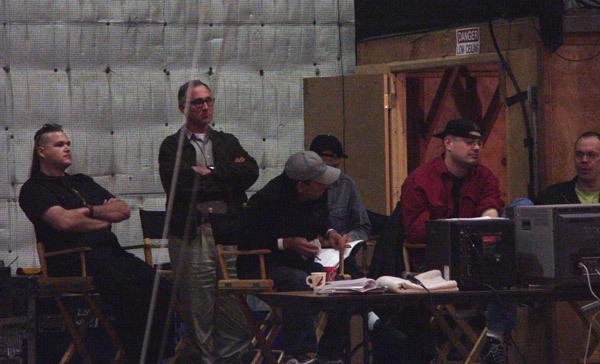 |
||||||||||||||||||||||||
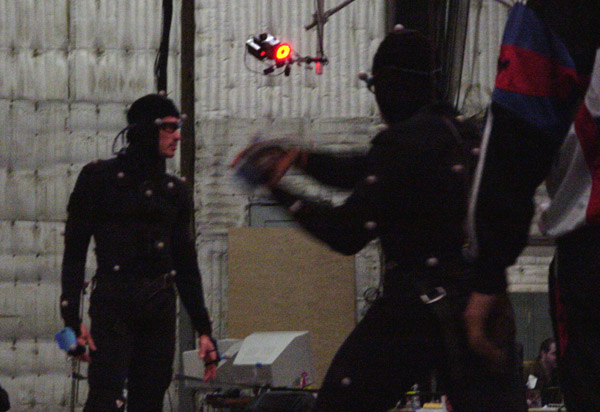 |
||||||||||||||||||||||||
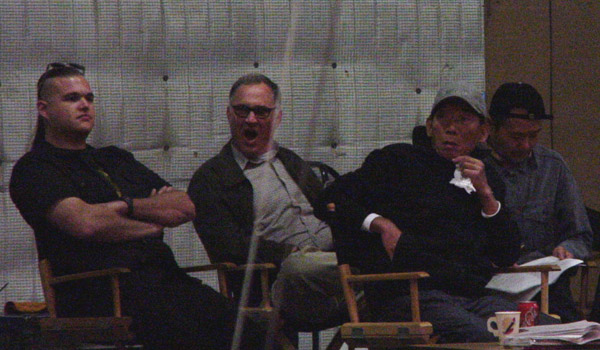 |
||||||||||||||||||||||||
|
Just as work was beginning on the sequels to the “Matrix”, Manex fell on hard times and it was necessary to part ways with the remnants of the original team and strike out on his own. Sci-Fi has always been one of his great joys, so when The Asylum asked him to take lead on “Minority Report” he jumped at the chance. Travis was instrumental in the design of the computer that can “scrub” visions of the future and help catch murderers. In conjunction with several other companies designing elements, it was Travis that took all of these isolated pieces and put them together to form the interface and action that appears in the final movie. Travis was personally responsible for over 15 minutes of screen time and supervised the teams that handled many more effects. |
||||||||||||||||||||||||
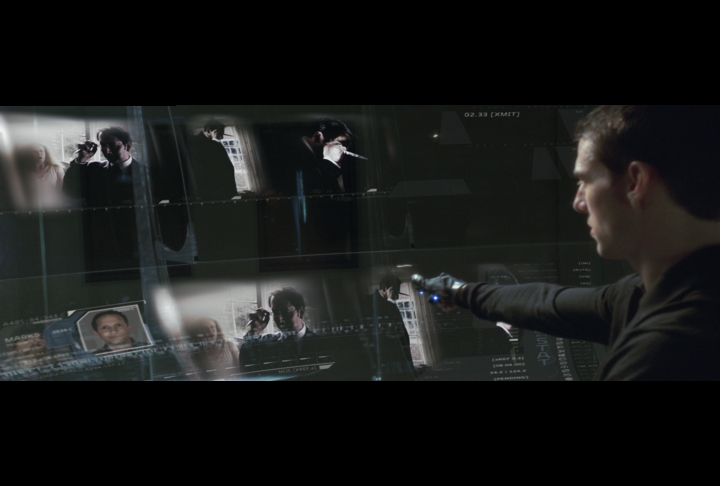 |
||||||||||||||||||||||||
|
After several other challenging projects at Asylum, such as working with both Scott brothers simultaneously (“Black Hawk Down” and “Spy Game”) and designing opening titles for Joel Schumacher’s “Phone Booth”, Travis moved on to work with premiere German production company Das Werk on two hi-end commercials for Germany. |
||||||||||||||||||||||||
 |
 |
 |
 |
 |
 |
 |
 |
 |
 |
|||||||||||||||
 |
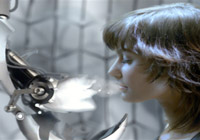 |
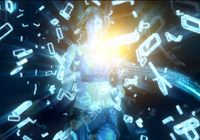 |
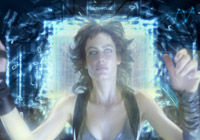 |
|||||||||||||||||||||
|
Comic books have always had an influence on Travis with their graphic story-telling and limitless potential. When Kodak’s Cinesite called with work on X-men II, Travis moved over to their base of operations in Hollywood to design and execute the fire-throwing abilities of the young “Pyro” character, fittingly becoming their first Inferno operator. Helping out on dozens of additional shots, he single-handedly dealt out over 20% of the work on that show (out of a house of 200+ artists). |
||||||||||||||||||||||||
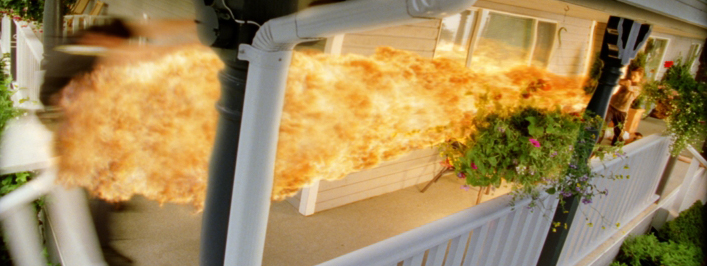 |
||||||||||||||||||||||||
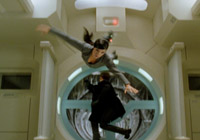 |
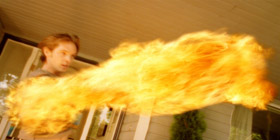 |
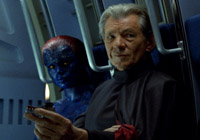 |
||||||||||||||||||||||
| After X-men, Kodak decided to exit the North American visual effects game so he moved to CIS Hollywood to work on a number of features including the first “Pirates of the Caribbean”, “Paycheck”, and “Matrix-Revolutions”.
He then moved over to Digiscope in Santa Monica to work on “Van Helsing” and “Racing Stripes”. Digiscope proved to be a great match and many more productions were completed together. |
||||||||||||||||||||||||
 |
 |
 |
 |
 |
 |
 |
 |
 |
 |
|||||||||||||||
|
Travis has always been involved with the underground Industrial-Gothic music scene and was asked by legendary experimental rockers “Skinny Puppy” to design a live projection system and accompany them on tour. Designing all the of the imagery and building the projection system (slaved to the keyboards via Midi but still allowing “live VJ’ing”) allowed Travis to experiment with live media and to tour with the band through out the US and Europe. |
||||||||||||||||||||||||
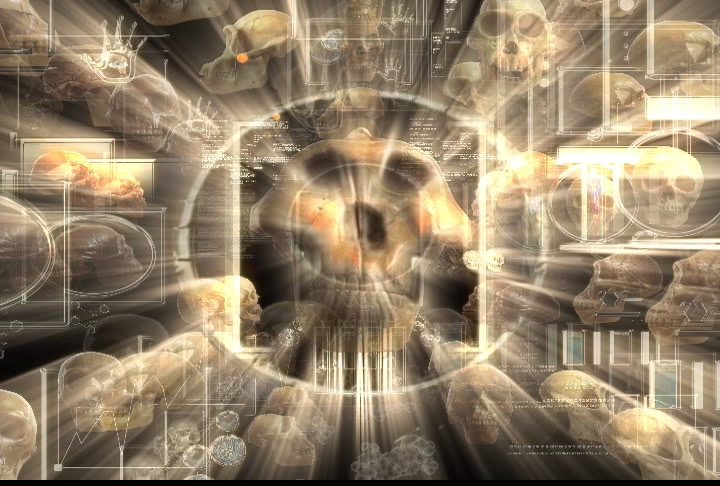 |
||||||||||||||||||||||||
| Upon returning to Visual Effects, Travis broke out on his own, landing Compositing Supervisor on “Southland Tales”, an ambitious Sci-Fi feature from Richard Kelly, the mind behind “Donnie Darko”. Travis was on-set for the visual effects shoots and also helped in designing all of the futuristic computer interfaces, television graphics, and technological (and fantastical) developments in the film. He even got to flex his uber-geek core by helping to write some of the dialogue dealing with "Dungeons and Dragons". | ||||||||||||||||||||||||
 |
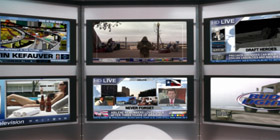 |
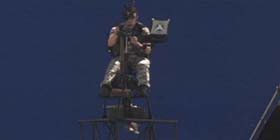 |
||||||||||||||||||||||
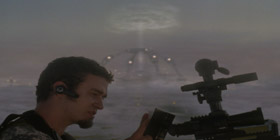 |
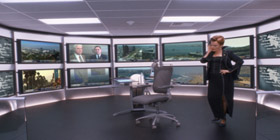 |
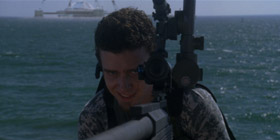 |
||||||||||||||||||||||
| Immediately after principal photography completed, he was approached by Lake Shore Entertainment to be Visual Effects Supervisor on “Crank”, an entirely digitally acquired feature using Sony’s new HDSR format and cameras.
Travis was solely responsible for the planning and execution of all on-set visual effects as well as coordinating with the physical effects, stunts, and makeup departments to pull off the ambitious effects the two unconventional directors on the film had dreamed up. |
||||||||||||||||||||||||
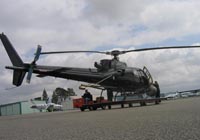 |
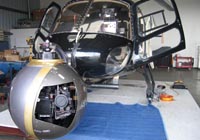 |
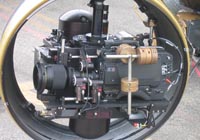 |
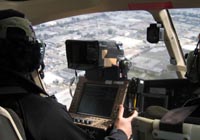 |
|||||||||||||||||||||
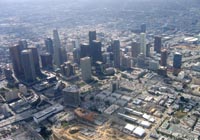 |
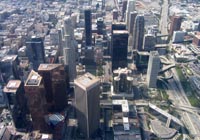 |
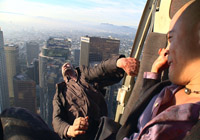 |
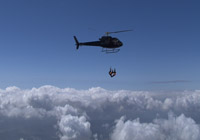 |
|||||||||||||||||||||
 |
 |
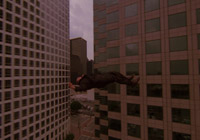 |
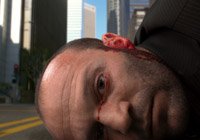 |
|||||||||||||||||||||
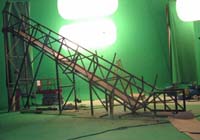 |
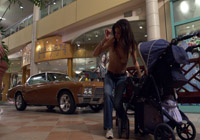 |
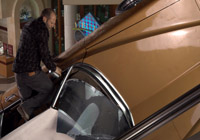 |
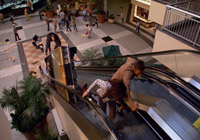 |
|||||||||||||||||||||
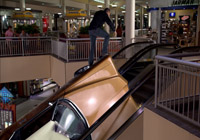 |
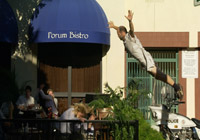 |
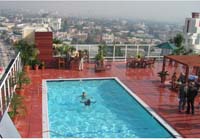 |
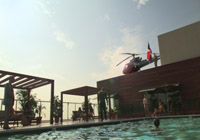 |
|||||||||||||||||||||
| Once Post Production on Crank began, Travis set up a small facility utilizing Discreet Logic’s Flame and Combustion as well as Maya for CGI applications and single-handedly completed all 110 shots on “Crank” as well as the 390 shots delivered for “Southland Tales”.
During this time Travis also acted as consultant and/or artist on many projects including the films “300” and “Where the Wild Things Are”, television programs including “Scrubs” for NBC, video games including projects for THQ, and special projects including a specialized video for the U.S. Army and a feature length documentary on the impact of video games on today’s society. |
||||||||||||||||||||||||
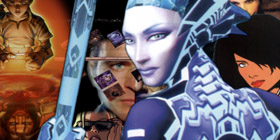 |
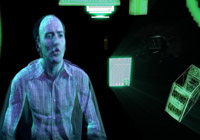 |
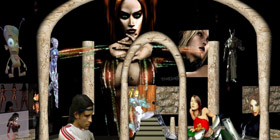 |
||||||||||||||||||||||
| After completing over 500 shots on his own and building a facility from scratch, Travis grew to appreciate involvement with a facility that could work with him to mutually further each other’s talents and abilities. Digiscope had provided that environment in the past and when they called, he rejoined forces with them in October of 2006 to work on “The Reaping” and “Georgia Rule” amongst other projects. | ||||||||||||||||||||||||
 |
 |
 |
 |
 |
 |
 |
 |
 |
 |
|||||||||||||||
| Since 2008, Travis has worked as a freelance Visual Effects Supervisor, Artist, and Designer. He has worked mostly with Gradient Effects, for whom he headed up the final Harry Potter installment, but also directly for productions, most notably a long run with Dark Castle Entertainment, acting as a senior artist and designer on films such as "The Orphan", "The Losers", "The Apparition" and "Bullet to the Head".
Recent highlights include the opening montage for "The Host", extensive work on season III of the hit series "Game of Thrones" for HBO, season I of "Black Sails" for the Starz network, season I of NBC's hit show "The Blacklist", season I of TNT's "The Last Ship" as well as the film projects "Guardians of the Galaxy" and "The Judge". |
||||||||||||||||||||||||
 |
 |
 |
 |
.jpg) |
 |
 |
 |
 |
 |
|||||||||||||||
|
Here is a Work History Summary: 01/05 to present - Freelance Visual Effects Supervisor, Artist and Designer 12/03 to 12/04 - Inferno Artist and Digital Supervisor at Digiscope, LLC 04/03 to 11/03 - Inferno Artist at CIS, Hollywood 10/02 to 04/03 - Senior Inferno Artist at Cinesite Los Angeles 08/02 to 10/02 - Inferno Artist at Das Werk LA/CFX, Culver City 06/01 to 08/02 - Senior Inferno Artist at Asylum VFX, Santa Monica 06/95 to 06/01 - Staff Artist and Digital Supervisor at Manex Visual Effects, LA (MVFX LA) 10/94 to 05/95 - Matte Painter, Paint Artist, and Compositor at CFC Los Angeles Software used: NUKE, Moca, Combustion, Inferno, Flame, Z Brush, Photoshop, Boujou, After Effects , Please check out the rest of the pages here including a full list of the projects worked on, a showreel page, contact information, and a personal art gallery. |
||||||||||||||||||||||||
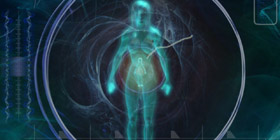 |
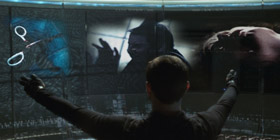 |
 |
||||||||||||||||||||||